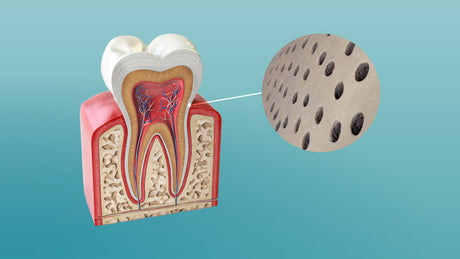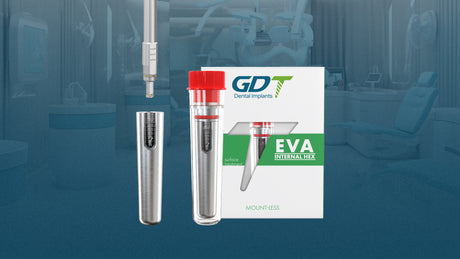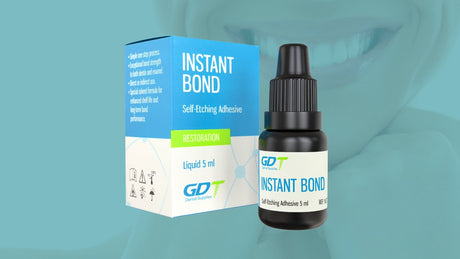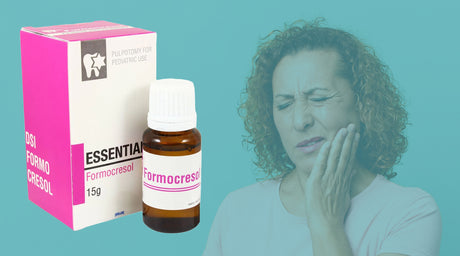WholeDent.com is committed to equipping dental professionals with advanced tools and expertise in restorative dentistry. This comprehensive guide delves into the core principles, techniques, and latest innovations in the field, providing a thorough understanding essential for effective practice.
Understanding Restorative Dentistry
Restorative dentistry involves various procedures to restore the function, integrity, and morphology of missing or damaged teeth. These treatments aim to repair and restore decayed, chipped, cracked, discolored, or missing teeth using a variety of techniques and materials.
Key Components of Restorative Dentistry:
- Diagnosis: Identifying the type and extent of dental damage or decay.
- Treatment Planning: Developing a customized plan to restore the tooth or teeth to their natural function and appearance.
- Material Selection: Choosing the appropriate restorative material based on the location and severity of the damage.
Common Restorative Procedures
- Fillings: Used to repair minor tooth decay or fractures. Materials include amalgam, composite resin, and glass ionomer.
- Crowns: Cap-like restorations that cover the entire tooth, used for extensive decay, fractures, or after root canal treatment.
- Bridges: Fixed dental prostheses used to replace one or more missing teeth by anchoring to adjacent teeth or implants.
- Dentures: Removable replacements for missing teeth and surrounding tissues, available as complete or partial dentures.
- Implants: Titanium posts surgically placed into the jawbone to support crowns, bridges, or dentures.
- Inlays and Onlays: Indirect restorations made of porcelain, composite, or gold that fit into or onto the tooth.
Materials Used in Restorative Dentistry
A variety of restorative materials are available to support dental professionals in achieving optimal outcomes, tailored to meet the specific needs of each patient.
- Amalgam: Durable and long-lasting, ideal for posterior restorations.
- Composite Resin: Tooth-colored material used for anterior and posterior restorations, offering excellent aesthetics.
- Ceramics: Includes porcelain and zirconia, known for their natural appearance and strength.
- Glass Ionomer: Releases fluoride, making it beneficial for patients with high caries risk.
- Gold: Highly durable and biocompatible, often used for crowns and inlays/onlays.
Advances in Restorative Dentistry
WholeDent.com is at the forefront of providing products that incorporate the latest advancements in restorative dentistry:
- CAD/CAM Technology: Allows for the precise fabrication of restorations, including crowns, bridges, and inlays/onlays, offering a perfect fit and natural appearance.
- Digital Impressions: Provide accurate and detailed impressions, improving the quality of restorations and patient comfort.
- Adhesive Dentistry: Advances in bonding agents and techniques enhance the strength and durability of restorations.
- Regenerative Materials: New materials that promote the regeneration of dental tissues and improve the longevity of restorations.
- Minimally Invasive Techniques: Techniques that preserve as much natural tooth structure as possible, promoting better long-term outcomes.
Benefits of Restorative Dentistry
- Improved Oral Health: Restorative treatments address decay and damage, preventing further oral health issues.
- Enhanced Functionality: Restorations restore the natural function of teeth, improving chewing, speaking, and overall oral health.
- Aesthetics: Modern restorative materials and techniques ensure that restorations blend seamlessly with natural teeth.
- Longevity: High-quality materials and advanced techniques contribute to the long-term success of restorations.
- Patient Comfort: Restorative treatments alleviate pain and discomfort associated with dental damage and decay.
Challenges in Restorative Dentistry
Despite the numerous benefits, restorative dentistry presents challenges that require careful management:
- Material Choice: Selecting the appropriate material based on the location and extent of the restoration.
- Technique Sensitivity: Many restorative procedures require precise techniques and skills to achieve optimal outcomes.
- Patient Compliance: Ensuring patients follow post-treatment care instructions to maintain the longevity of restorations.
- Cost: High-quality restorative materials and techniques can be expensive, and not all patients have insurance coverage to offset the costs.
- Managing Expectations: Aligning patient expectations with realistic outcomes, particularly concerning aesthetics and longevity.
WholeDent’s Restorative Dentistry Solutions
WholeDent.com offers a comprehensive range of restorative products designed to meet the diverse needs of dental professionals:
- Restorative Materials: High-quality materials, including composite resins, ceramics, and glass ionomers, for various restorative procedures.
- Digital Solutions: Advanced CAD/CAM systems and digital impression tools to enhance the precision and efficiency of restorative treatments.
- Adhesive Systems: State-of-the-art bonding agents and adhesive systems for durable and reliable restorations.
- Customized Solutions: Tailored product offerings designed to meet the specific needs of dental practices, ensuring optimal outcomes in restorative dentistry.
Conclusion
Restorative dentistry is vital in maintaining and restoring oral health, function, and aesthetics. By leveraging the latest advancements and high-quality products from WholeDent.com, dental professionals can deliver exceptional restorative care. Our commitment to excellence ensures that you have access to the best tools and knowledge to achieve successful patient outcomes.














